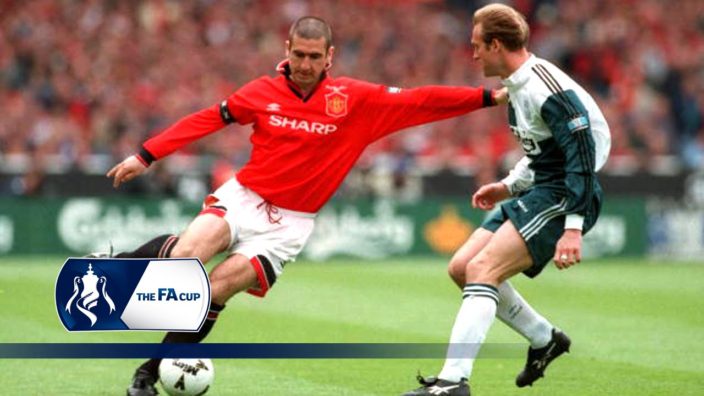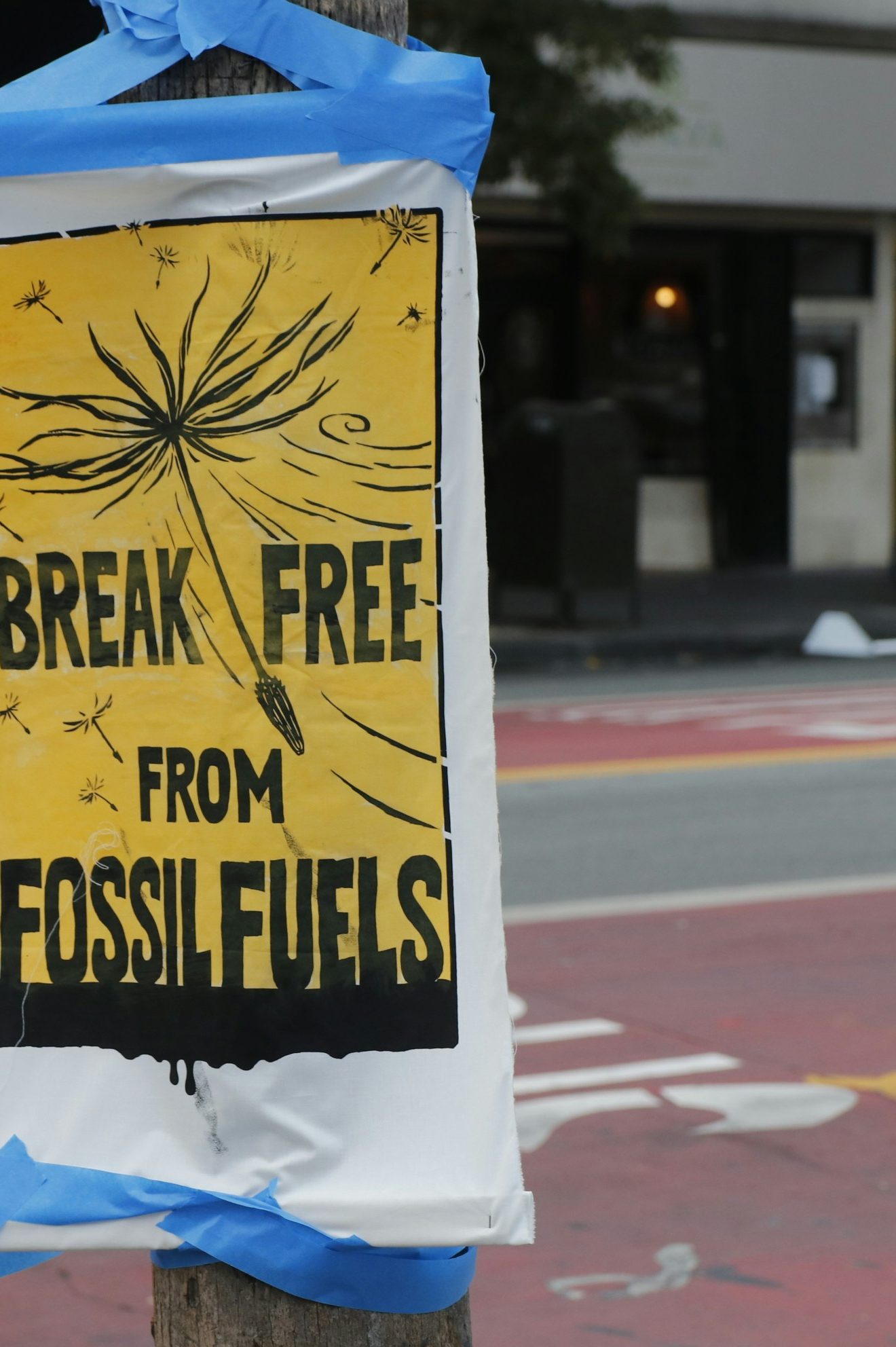Last week, Bruce and I were driving back from a one-day CSRD (Corporate Sustainability Reporting Directive) workshop that we had facilitated for a client.
We used the time to reflect on how it went and eat ice-cream on a lovely spring afternoon.
Our first credit went to the client. They wanted a workshop on a piece of regulation that the EU has just signaled will be both delayed and simplified under the so-called Omnibus proposal. We discussed how regulatory ambiguity can inspire curiosity and opportunity-seeking. When the regulatory question is settled, the focus is on resourcing compliance and the space for curiosity and opportunity seeking closes.
Workshop review
For our performance on the day, Bruce was giving us a 3.5/5. I was more generous, thinking we deserved a 4. (I’m looking forward to seeing the feedback sheets next week 😊.) We debated whether our work as sustainability consultants contributes to the greater good. What detrimental impacts could we be enabling? It seems impossible to know..
Back to the workshop – what might it have taken to deliver a 5-star performance?
We both felt (could be our projection) that the client would have liked a roadmap, a bow-tied solution for getting ahead of the regulatory impasse. And while we had some pointers and exercises, it is fair to say we used the workshop to open the opportunity space rather than to populate the opportunity space.
What is the Consultant’s Role?
Bruce’s point was that this could be a lazy consultant’s excuse for a half-done job. There is a germ of truth here, we agree. But I argued, we offer more value by having the confidence to leave the client with a new set of questions (as opposed to answers), and that part of our service is to absorb their dissatisfaction. Because it is in taking forward the new set of questions that they will derive the value of the workshop, even if that comes with the risk of the workshop being perceived as disappointing and that we were overpaid.
Very post-humanist, I know Bruce was thinking that! And a recipe for being a consultant with a lot of free time, too.
Framing the Offering
So, how might we frame this latter approach as a valuable offering? Do we have a relatable story that speaks to the different approaches to strategy and sustainability decision-making under conditions of uncertainty and that can make sense within a corporate logic? We decided we want a story that can start a conversation or change a conversation rather than conclude a conversation (to model our offering). And we want one grounded in experience – not abstract theory.
I felt I had a story. It was a 90-minute + drive, we had the time. So, I shared it.
Bruce, playing the role of critical friend (with much too much aplomb) said the story needs a lot of work.
1996 FA Cup Final
With that caveat, the story is about loitering with intent.
The story originates from the post-match analysis of the 1996 FA Cup final. Man Utd v Liverpool – most memorable perhaps for the visual of the Liverpool team showing up for pre-match photos in white Armani suits.
The match was dogged. 1 – 0 to United, an Eric Cantona goal in the 88th minute. Roy Keane was declared player of the match. He kicked Liverpool into submission, not leaving a blade of Wembley grass upstanding.

Eric Cantona Scoring for Manchester United in the 1996 FA Cup Final
Loitering with Intent
For some reason, a comment in the post-match analysis has never left my conscious mind. Bill O’Herlihy, quizzing his panel of pundits on Irish TV, posed the question to Eamon Dunphy:
“And Eamon, what did you make of Cantona’s performance today?”
Then the screen switched to some shots of Cantona in the game, collar up, hands on his hips, watching, an occasional light jog going slightly to the left and then to the right, no evidence of sweat being expended. And then in the 88th minute, Liverpool’s David James seems to misjudge a Beckham corner, he palms the ball away from his goal, and suddenly visible, Cantona returns the ball past James and into the net.
The pivotal moment!
And Dunphy says, “the best thing we can say about Cantona is that he was ‘loitering with intent”.
Two Ways to Play – Dominate or Co-Exist
I didn’t know why, but the description resonated. Something about Cantona’s approach to the game stands in stark contrast with that of the other chief protagonist and player of the match.
I sense that most of our corporate clients are wired to be a Roy Keane. Dominate the opportunity space with decisive and aggressive action. Cantona, in contrast, seemed to co-exist with the opportunity space. Loitering – but not without intent, biding his time, it seemed, attuning to the moment, and each moment as it unfolded. The goalkeeper’s faux pas, or something else, could occur during any one of the 90 + minutes, or not at all.
Two strategies – interdependent. If the approach is total Keane, then grind the opposition down, nullify them and either win or lose on penalties. If it is total Cantona, then recognise and align with more of the opportune moments that the opportunity space will inevitably offer up than your antagonist does. No need to do too much – just be ready!
Visible Versus Invisible Value or a Dual Logic
We get paid for being Keanes. For being “go-go-go”. Others can see the work. Keanes are lauded in the moment. The Cantonas leave us scratching our heads. Frustrated. What are they doing just standing there? Unless and until, by the grace of the moment, their existence is justified. That can be a burden to carry, relying on moment to create justification for your existence.
And what about the manager – the authority figure who put both logics side-by-side on the same team for the same game? Would another manager have subbed Cantona – clearly having an off-day, after all, until he wasn’t! There is something here, I think. Most organisations and managers struggle with maintaining a dual logic.
Under conditions of high uncertainty, where the transparency of a “progressive” sustainability strategy may result in preferred access to high-value markets and/or at the same time cause an organisation to become the target of an activist hedge fund looking for a short-term financial kill, (because you can never tell who is co-existing with you in the opportunity space, or what they are thinking and seeing) maybe strategy needs to be able to maintain a little more of a Cantona disposition.
It doesn’t look like there is much happening there…until the event, the moment, if it comes at all…and then what? But we cannot know in advance..
Anticipatory Intelligence
Loitering with intent could be framed as “anticipatory intelligence” (confusingly another AI 😊). Different framings may work for different clients. Everyone anticipates all the time, implicitly and explicitly. It’s an example of how the future shapes the present.
But anticipatory intelligence is not an ability to predict, it’s not an output or an outcome. Instead, it is a capability, or a discipline that with practice enables better-informed decisions (noting that this isn’t a guarantee of better decisions – but at least if they are better-informed, so it should help). As it did with Cantona..
So the workshop becomes a practice-ground for anticipatory intelligence..
Transformation from Redundancy
An additional framing that may work for some clients is to frame the approach in the language of transformation. For example, I suspect it is probably true that the redundant parts of a system have the most potential for doing new things (and transforming the system). Redundant parts (Cantona was redundant for 87 minutes) have the potential to become active in every new moment (e.g., the unexpected faux pas, where the moment releases the player from their redundancy).
Therefore, if an organisation has a dominant efficiency logic, where everything must have a clear purpose, they may erode their potential for transformation as new moments/events/crises/opportunities emerge. This is because the imperative for refficiency risks stripping out the redundant that only come to life as a result of the unpredictable moment.
In this context, the workshop becomes an exploration of redundancy as a co-specialised asset (i.e., an asset that makes every other asset (e.g., the Keane archetypes more valuable).
A client with a financial logic may appreciate the idea of cultivating a co-specialised asset.
The Plight of Social Intrapreneurs
And for individuals in organisations, the internal activists, the social intrapreneurs who want to contribute to a better future through their organisations and their careers – do they “go-go-go” (because the times are urgent) or do they pause, protect against exhaustion or personal burnout and wait for the unexpected moment that may never arrive, but if it does, the opportunity structure changes shape and new possibilities may spring?
We meet many of these people in our work. How do they stay attuned until the game is nearly over, knowing that the final whistle could blow and the moment that would create them in the eyes of others may never arise?
Does that mean the effort didn’t matter? Because no one ever noticed…the moment never came..
Rather than doing things differently, it feels like we need to do new things.
Does the Keane/Cantona parable offer something?
Bruce says the story needs work. I think he has a point. I am go-go-going at it…

Share this on...